Introduction
A Polarizing Light Microscope is used to study anisotropic materials—those that are transparent or opaque—with birefringence. Materials exhibiting birefringence can be clearly distinguished under a polarizing microscope. While such substances may also be observed using staining methods, some require the use of a polarizing microscope. A reflected polarizing microscope is an essential tool for investigating and identifying birefringent materials by exploiting the polarization properties of light.
Key Features of the PLM100 Series Polarizing Microscope System:
- Optional standard or long working distance objectives;
- Imaging optical path: 1X (tube lens focal length of 180mm), with customizable reduction lenses for various magnifications;
- Image plane size: 25mm;
- Spectral range of the optical path: visible light;
- Camera interface options: C/M42/M52, etc. (optional);
- Illumination options: critical illumination / Köhler illumination (optional);
- Light source options: 10W white/blue LED illumination (optional);









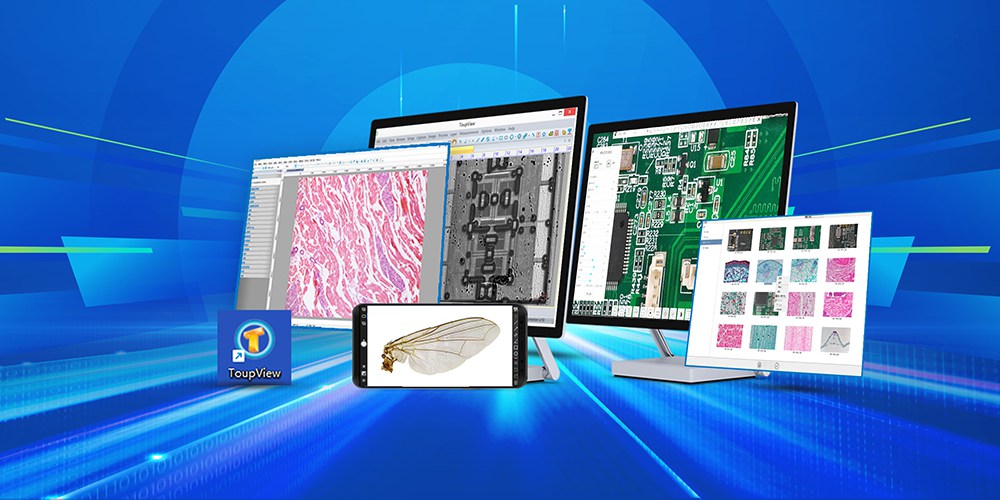





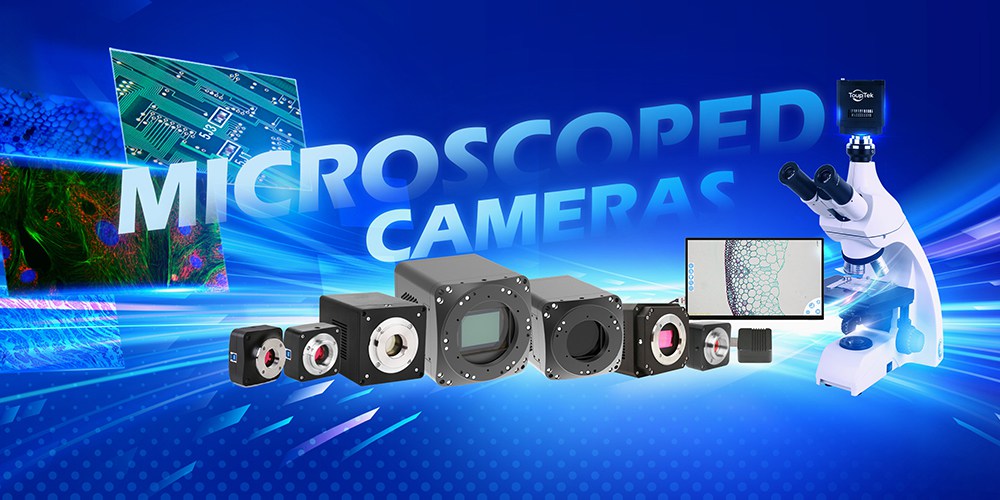
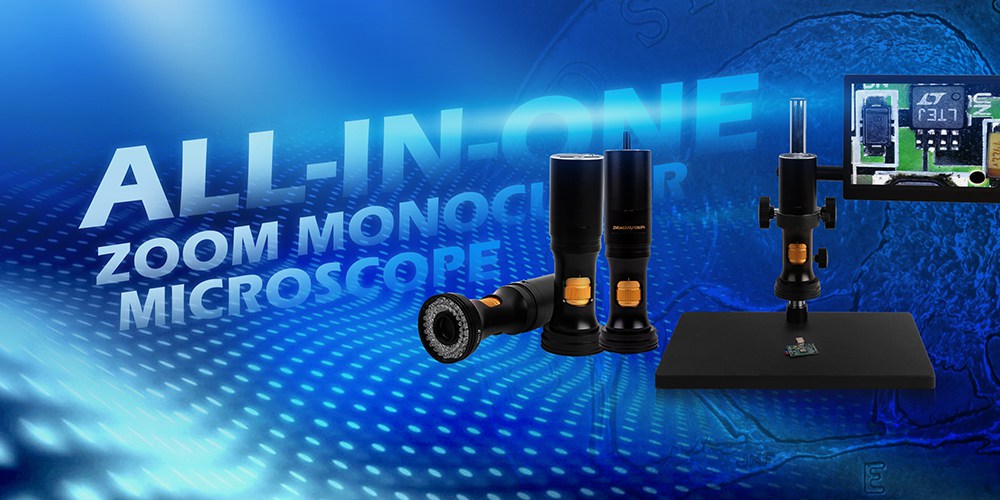
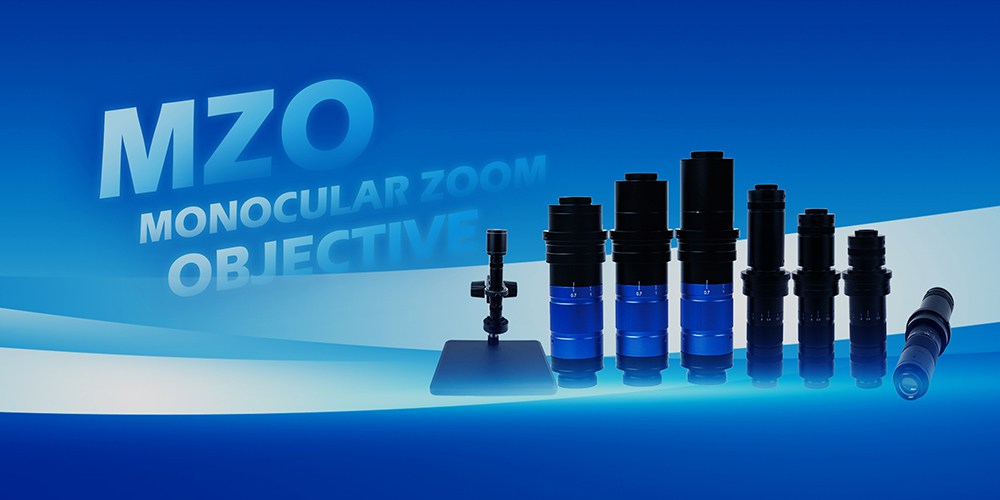
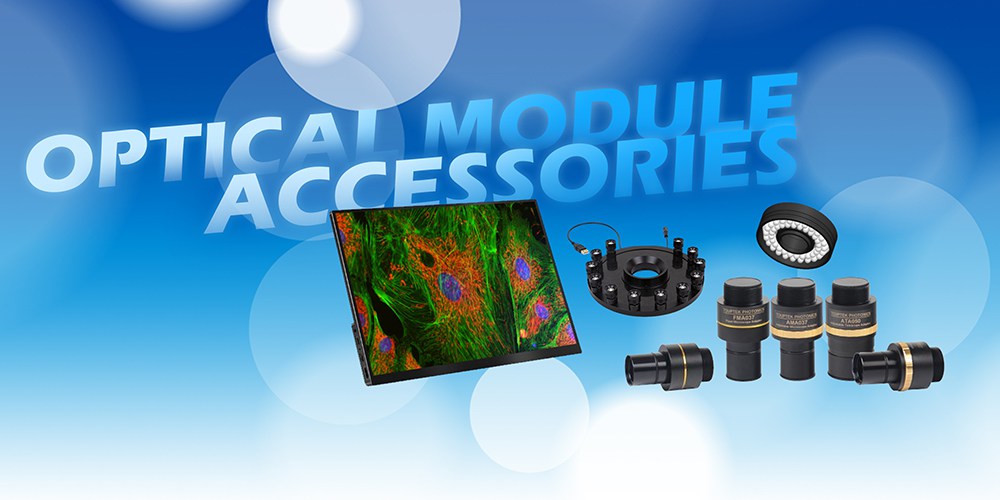

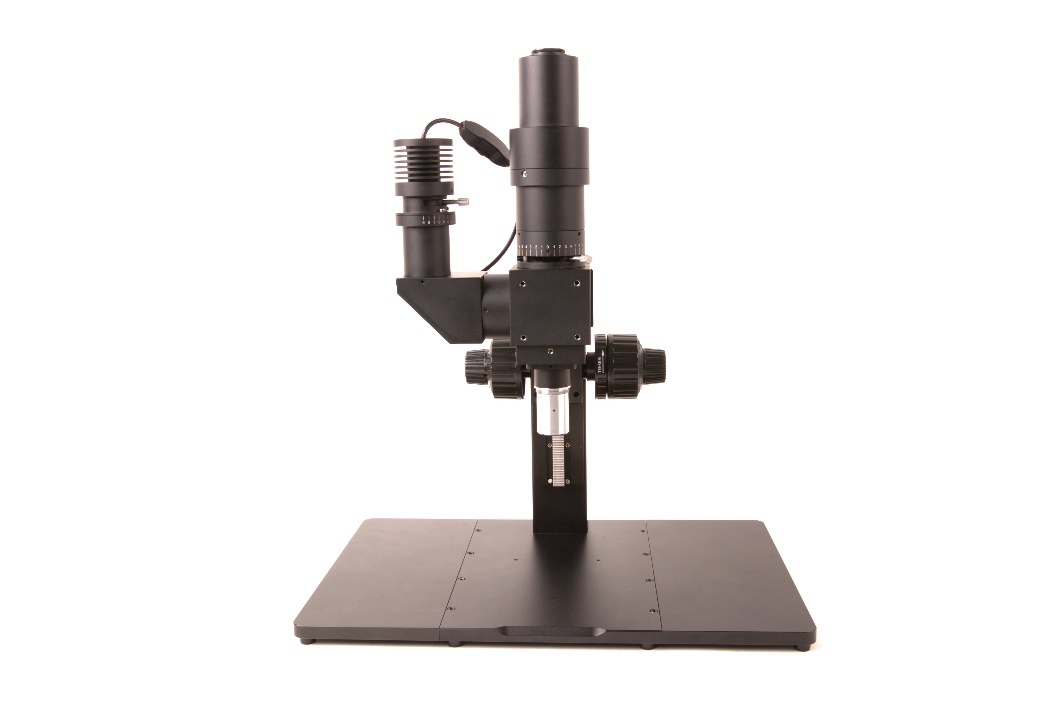
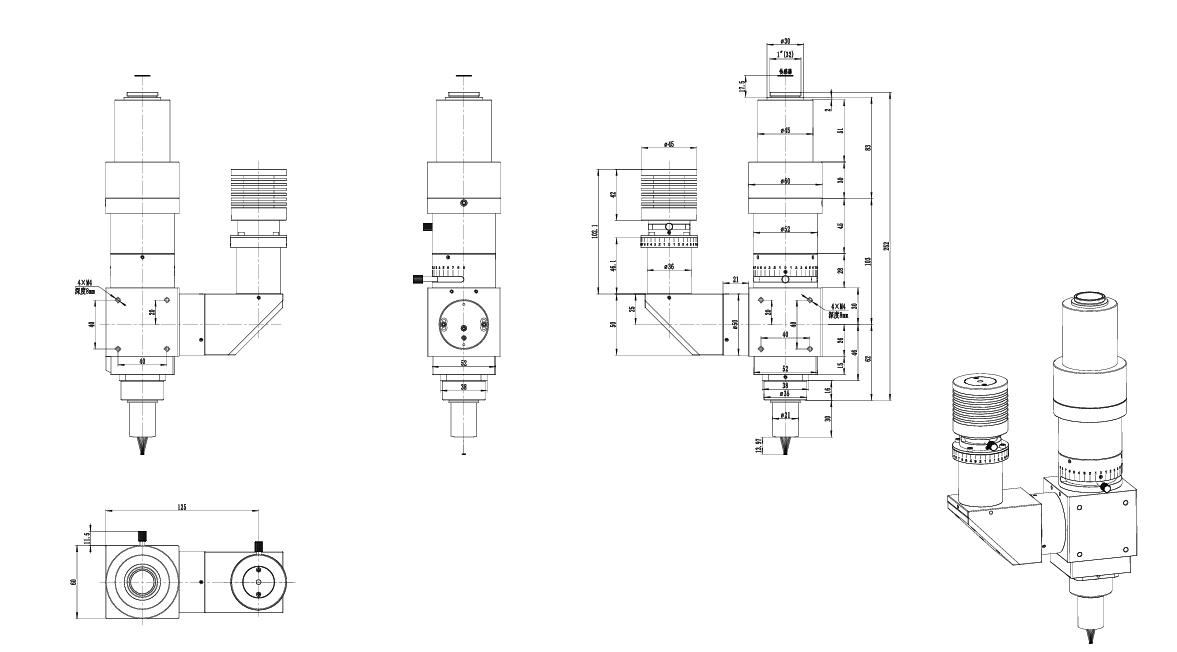
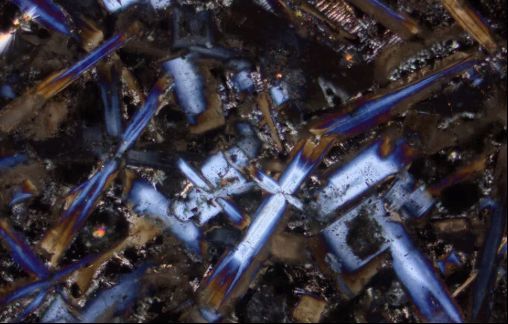
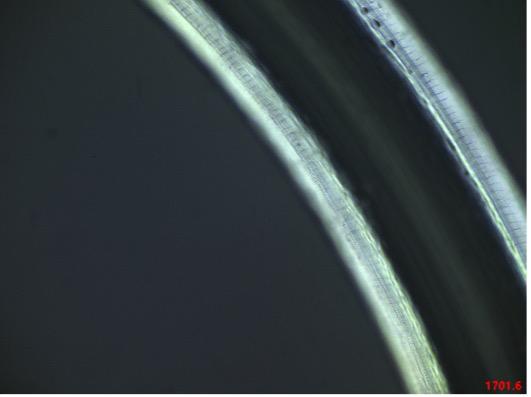
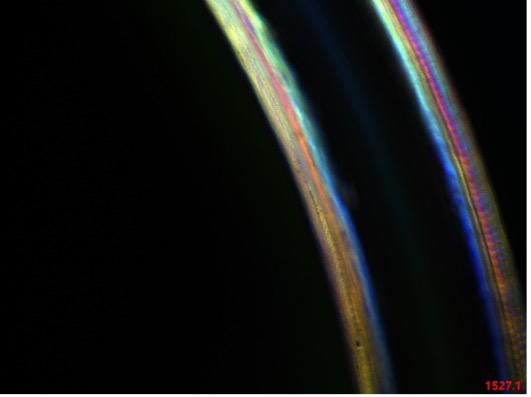
Standard Working Distance Objective Parameters (45mm parfocal)
Order code
Magnification
NA
WD/mm
Focal length(mm)
Resolution(um)
OFOV(mm)
IFOV(mm)
Thread
POL2.5XA
2.5X
0.075
6.2
80
4.46
10
25
M26*0.705
POL5XA
5X
0.15
23.5
39
2.2
5
25
M26*0.705
POL10XA
10X
0.30
22.8
20
1.1
2.5
25
M26*0.705
POL20XA
20X
0.40
19.2
10
0.8
1.1
25
M26*0.705
POL50XA
50X
0.55
11
4
0.6
0.44
25
M26*0.705